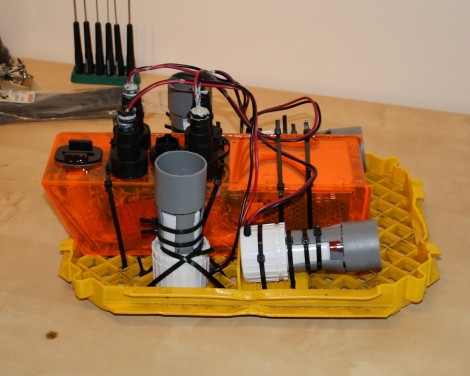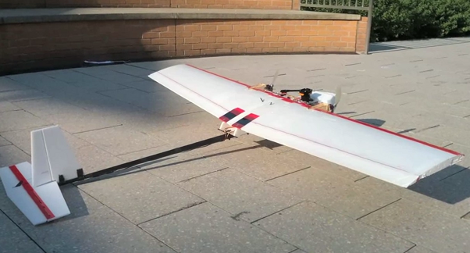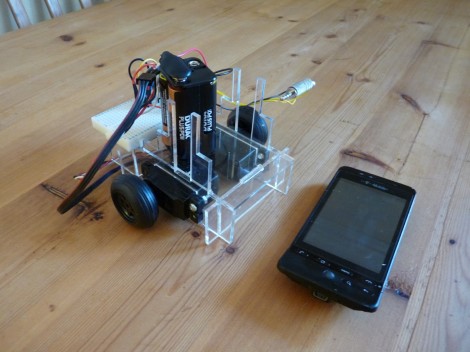Yes, that’s an android of [Phillip K. Dick]. While you don’t necessarily need to be familir with [Phillip K. Dick] to find this story amusing, we highly recommend that you take a few minutes to learn about him if you don’t recognize the name. [Phillip K. Dick], or [PKD] was a science fiction author and created many of the ideas and even base stereotypes for the science fiction movies you are probably very familiar with.
Most of that, however, isn’t completely relevant to the story here. Someone decided to build an android [Phillip K. Dick]. A move that generally results in expeditions deep into the uncanny valley and causes people to want to keep their distance. In this case, however, the fancy android head of [P.K.D] was left in an overhead compartment in an airplane for a short time by accident. During this short time, someone took it and it has not been seen since.
The story of the entire build and design process is actually quite intriguing. Not only did they sculpt a likeness of [P.K.D.] and add some motion to it, they compiled a database of his essays and writings from which it will create answers that are at least tinted with his thoughts. A method very similar to something he himself wrote about back in 1964.

















